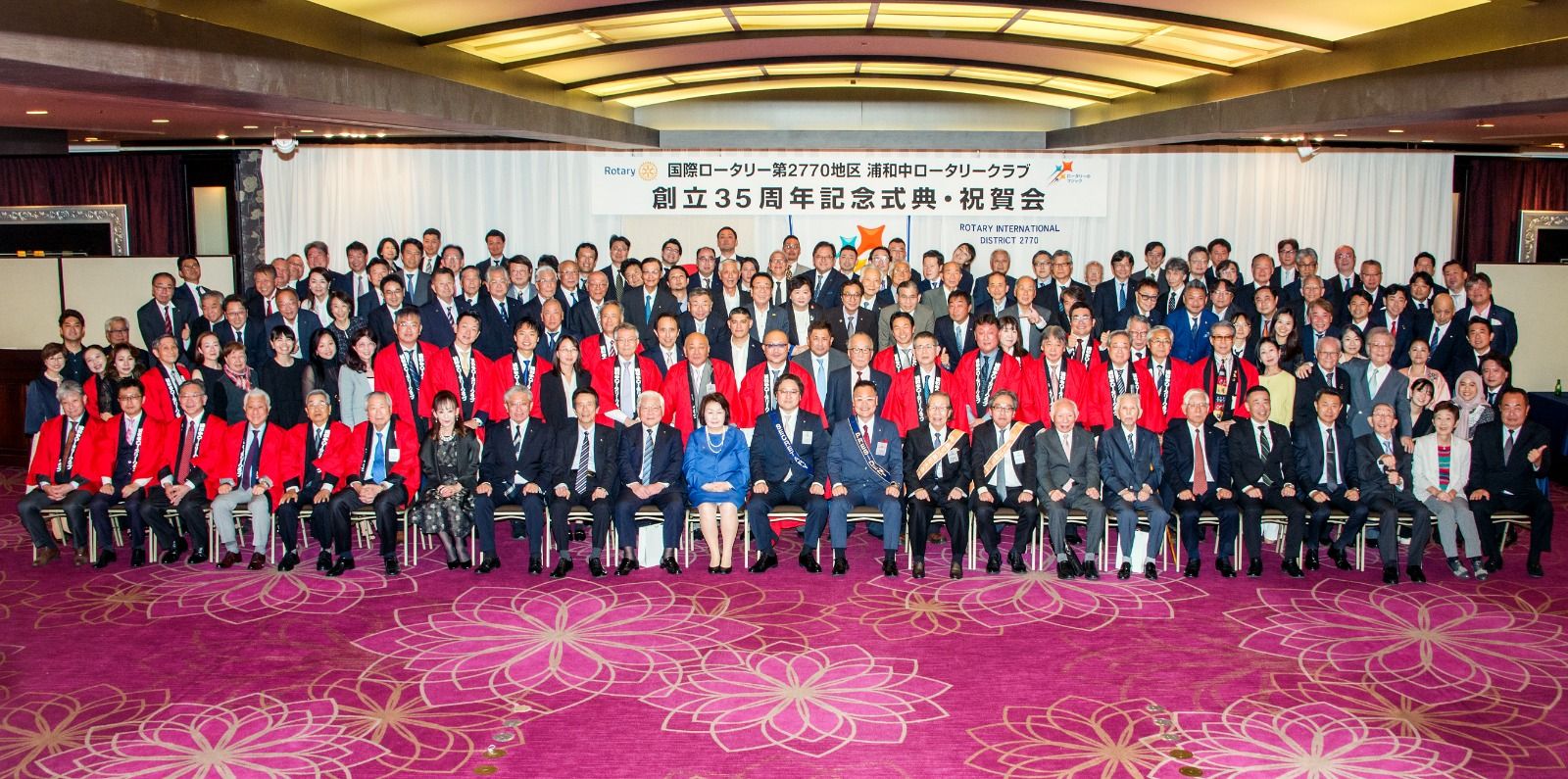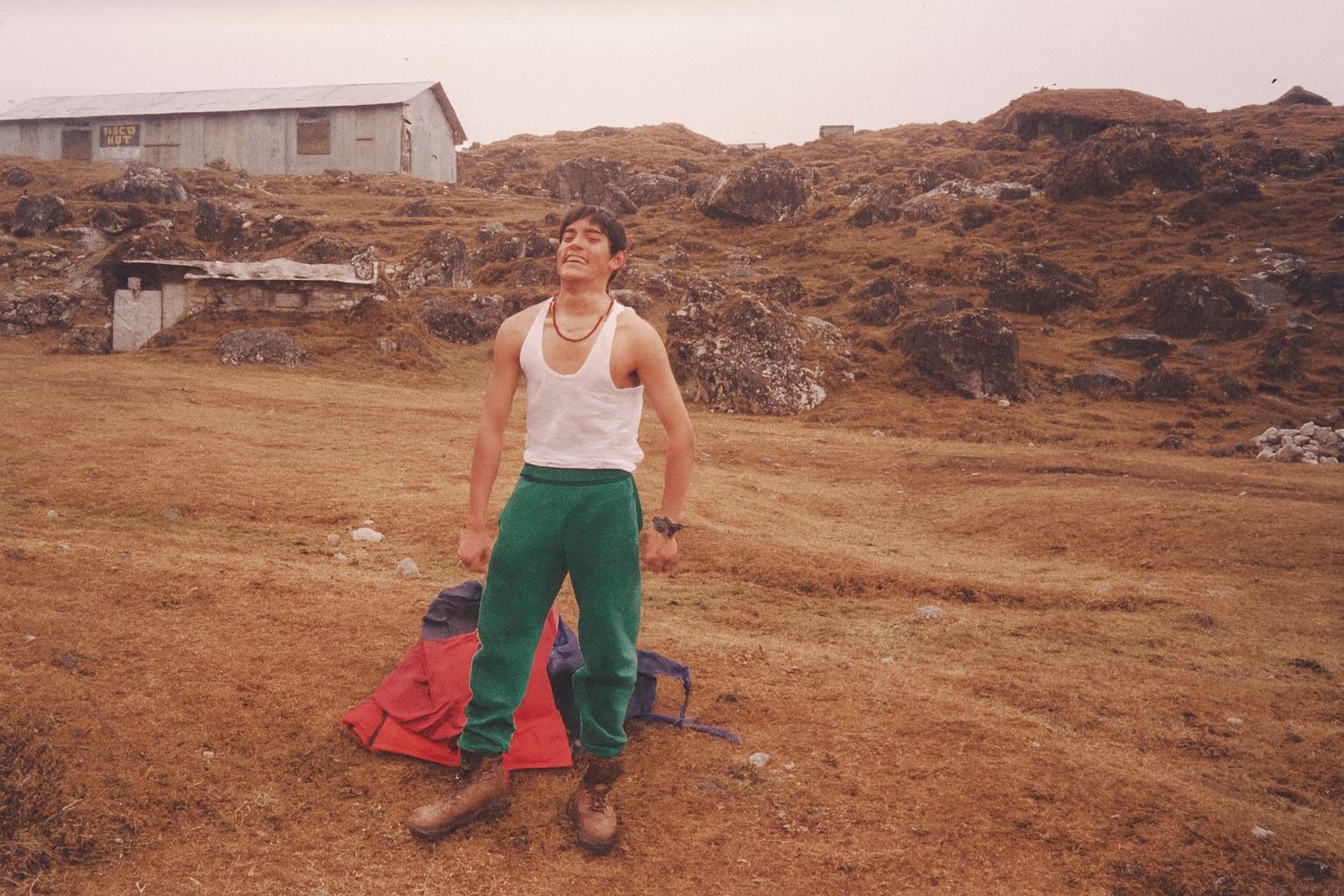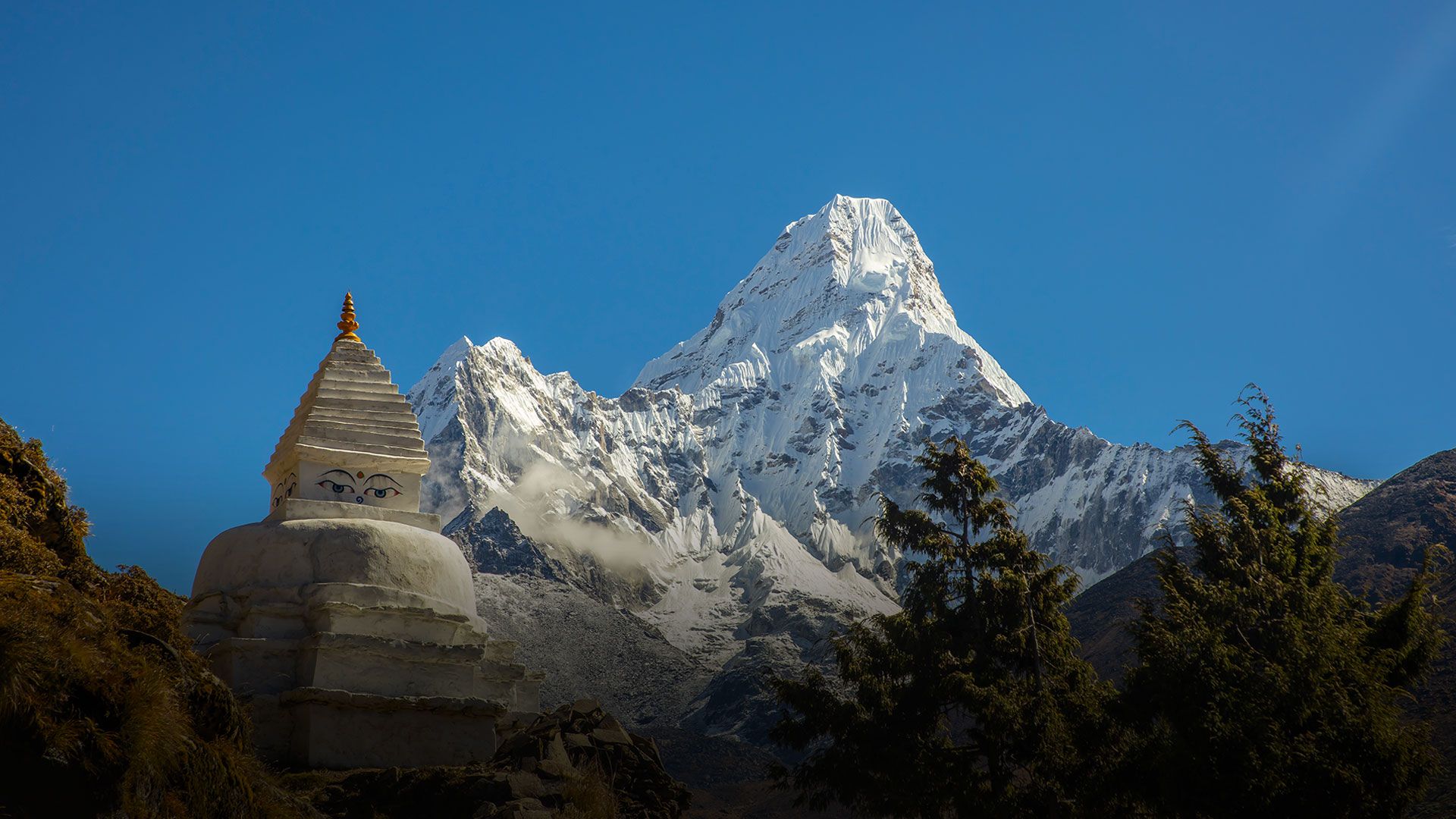
As known to the world, Nepal is land for many snow capped peaks , diverse lifestyle, culture and many more. The landscapes of Nepal include rocky terrain, lush forest as well as the plain lands. The steep uphills and the alpine villages of Nepal deliver the best sceneries of the Himalayas while being physically challenging.
If you are a nature and adventure lover and looking for adventurous journeys, Nepal is the best destination for trekking while leaving behind the city hustle. So, what’s stopping you from packing your bags for an adventurous journey to the peaks. In this blog we are sharing some helpful tips to plan trek in Nepal.
Research about Trekking in Nepal
Nepal is paradise for trekkers all over the world. The country becoming home to some of the world’s highest peaks,there are many interesting trekking routes that lead the way to the best destinations. Before planning to go on a trek, you have to thoroughly research and learn about these trekking regions so that you can decide upon which trek to go based on your physical strength and number of days you can fix for the trek.
You also need to learn about the seasons, food and accommodations for the trekking. There is a lot of information provided by the trekking agencies in Nepal on their website.The website of Rolwaling Trek includes detailed information about trekking and expeditions itineraries in Nepal.
The Best Trekking Route of Nepal are:
Everest Base Camp Trek
The Everest Base Camp Trek is one of the world’s most enjoyable, pleasurable, and thrilling treks, not just in Nepal. Aside from being thrilling and exciting, the EBC Trek gives you many opportunities to learn about the local Sherpa culture, explore the unique environment of the Sagarmatha National Park, and immerse yourself in the serene and beautiful surroundings of the Khumbu Valley.
Rara Lake Trek
Rara Lake (2980m) is one of Nepal’s most beautiful and highest-altitude lakes. Rara lake trekking involves traversing the rugged slopes of western Nepal, where few trekkers trek due to its remoteness. However, it is one of the most beautiful lakes in this country, surrounded by evergreen trees and with mountains in the background. This is an excellent journey for anyone seeking wilderness and peace and quiet.
Annapurna Circuit Trek (Clockwise)
The Annapurna Trek (clockwise) via Poon Hill is a well-known and absolutely scenic trekking route in Nepal’s Annapurna region. This journey follows a circular path through some of the most beautiful landscapes and cultural attractions, including a stop at the well-known Poon Hill viewpoint.
Langtang Trek
The Langtang trek provides a slower rise than other trek regions. The Langtang Valley Trek trail ascends gradually through rocky farmlands and deep subtropical Langtang woodlands, making it suitable for both experienced and beginner trekkers.
Prepare yourself physically for the trek
Trekking requires long hours of walking to the higher altitude. In order to endure longer walks at a different altitude, you have to prepare your body accordingly. After you decide to trek in Nepal, it’s crucial to learn about the several route options, as well as the length, difficulty, and criteria of each trip.
After deciding which location to trek in and which path to choose, you must learn about the physical and fitness requirements. After that, you must immediately begin the workout. In order to increase your stamina and be ready for the long walking days of the treks over the different terrains, you need to do a lot of walking and combine exercises with leg strength exercises.
Besides, maintaining your physical strength and fitness it is necessary to have oneself tested for any health-related anomalies or concerns that may occur. Get vaccinations for all diseases that might cause problems during the trip, including flu, cholera, typhoid, meningitis, and hepatitis. Consult your doctor about prescription adjustments and emergency procedures if you already suffer from any of the following conditions: high blood pressure, asthma, heart issues, etc.
Prepare for changing weather
The weather in the mountains can be unpredictable sometimes. That is why, when trekking in the Nepali highlands, you must be prepared for every type of weather. Make sure you bring multiple layers of clothing, as well as a hat and gloves. If you don’t have all of this equipment, you may find it in one of Kathmandu’s numerous shops.
Some items, such as a sleeping bag or hiking poles, can also be leased. To avoid irritating problems like blisters, we recommend purchasing a pair of strong trekking boots and breaking them in properly before the walk begins.
Proper Packing
The weight you carry is another critical factor that determines the success and ease of the trip. While having all of the necessities is required, it is preferable to just bring what you need. The recommended weight for any treks is 20 kg, or less if possible. So doing appropriate research on the items that you obviously need to survive and succeed on the trip is essential.
Warm clothing, sandals, torch lights, and hygiene supplies are always top priorities when packing. Apart from that, climbing equipment, cameras, valuables, computers, sunscreens, raincoats, and so on are essential, so avoid bringing anything that you may not use frequently.
Prepare to stay out of your comfort
You essentially return to the basics when trekking in Nepal. This might entail sleeping on uncomfortable beddings in small (sometimes shared) rooms, eating the same food every day, and not showering for the duration of your journey. While some individuals are unconcerned with these details, we’ve learnt that it’s best to be upfront about the circumstances on a mountain trek.
You may be able to charge your phone or camera at some teahouses, but don’t depend on it! The electricity frequently goes out, and no one knows when it will be restored. The same is true with wifi. While some tea houses provide internet (for a fee), it hardly works most of the time. A guide can help you here by asking if the wifi is operational before you pay.
Learn about Trekking Permits in Nepal
Trekking permits are required in Nepal for all types of trekkers, whether they are trekking in a group or alone. Each permit charge is different depending on the trekking zone. So, before beginning on your treks in Nepal’s alpine areas, make sure you have your permits and necessary TIMS card.
We recommend spending an extra day in Kathmandu (avoid Saturdays) to secure your Nepal Tourism Board permits. The majority of treks take place in National Parks or Conservation Areas, and you will require the proper national park/conservation area permits (NPR 3000-4000).
In addition, for hikes in the Everest region, you’ll need the Khumbu Rural Municipality Permit (NPR 2000), or a TIMS card (NPR 2000) for treks in the Annapurna or Langtang regions.
The TIMS (Trekkers Information Management System) is a permission provided by the Nepal Tourism Board in collaboration with the Trekking Agencies’ Association of Nepal (TAAN) to aid in mountain safety and security, as well as to assist control unlawful trekking.

MAPS and Guidebooks
For basic travel information, pick up a copy of the Lonely Planet Nepal guidebook. These books are usually a good starting point for thinking out basic trip arrangements and logistics like meals and lodging, and they include maps of cities and important neighborhoods.Trekking the Nepal Himalaya by Lonely Planet is a wealth of information and maps for people wishing to self-guide a journey in Nepal. There are several bookstores in Kathmandu that will offer up-to-date route information as well as literature and maps tailored to your journey.
Travel Insurance
For basic travel information, pick up a copy of the Lonely Planet Nepal guidebook. These books are usually a good starting point for thinking out basic trip arrangements and logistics like meals and lodging, and they include maps of cities and important neighborhoods. Trekking the Nepal Himalaya by Lonely Planet is a wealth of information and maps for people wishing to self-guide a journey in Nepal. There are several bookstores in Kathmandu that will offer up-to-date route information as well as literature and maps tailored to your journey.
Maintain wise companionship with porters and guides
The very nature of tourism is to have an influence on a location. Aside from the physical impact of increased visitors, there is an entire industry dedicated to catering to tourists and establishing infrastructure that can accommodate the company’s demands. Porters play an important role in Nepal’s tourism economy.
Porters transport camping equipment, gasoline, and food. Hiring porters is a positive thing since it gives physically fit residents jobs and promotes the local economy. However, it is critical to ensure that the porters are well taken care of by the organization for which they work as well as the client they are guiding during the journey.
Help in the formation of positive relationships between customers and porters. Be considerate! Learn some native phrases and communicate with your support porters and guides. Human interactions with your team will be just as rewarding as the journey itself.
Consider the nature well being and cultural respect
Our world is really valuable. It is critical that we reduce our influence on any natural environment, particularly in sites that get millions of people. It is a good idea to become acquainted with the ideas of Leave No Trace. Nepal’s natural surroundings is a gift to be treasured. Respect nature by managing your own trash and waste, avoiding campfires, and utilizing biodegradable items. Since resources are few in rural locations, try to save power and water wherever you can.
Trekking in Nepal isn’t only about the scenery; it’s also about immersing yourself in the local culture. Remember to respect the norms and traditions as you travel across the distinct landscapes and interact with the people living there. Dress modestly, get permission before photographing the beauty, and welcome the culture with open arms.
Attend local festivals, visit monasteries, and interact with the people you meet. Be open to learning from the natives you encounter along the way.
Last few words, trekking in Nepal is a life-changing event, and with proper planning and information, the first adventure you take may be an unforgettable one. This detailed guide offers useful insights to ensure that your travel is both safe and enjoyable.Now, it’s time to embark on your adventure, embrace the breathtaking landscapes, and immerse yourself in the rich culture of Nepal. Nepal’s mountains are calling, and you’re ready to answer the call.
If you are looking for a trekking agency to plan your itineraries, contact Rolwaling Trek. The team of Rolwaling Trek includes experienced professionals who can help you in making your trek memorable and safe.









